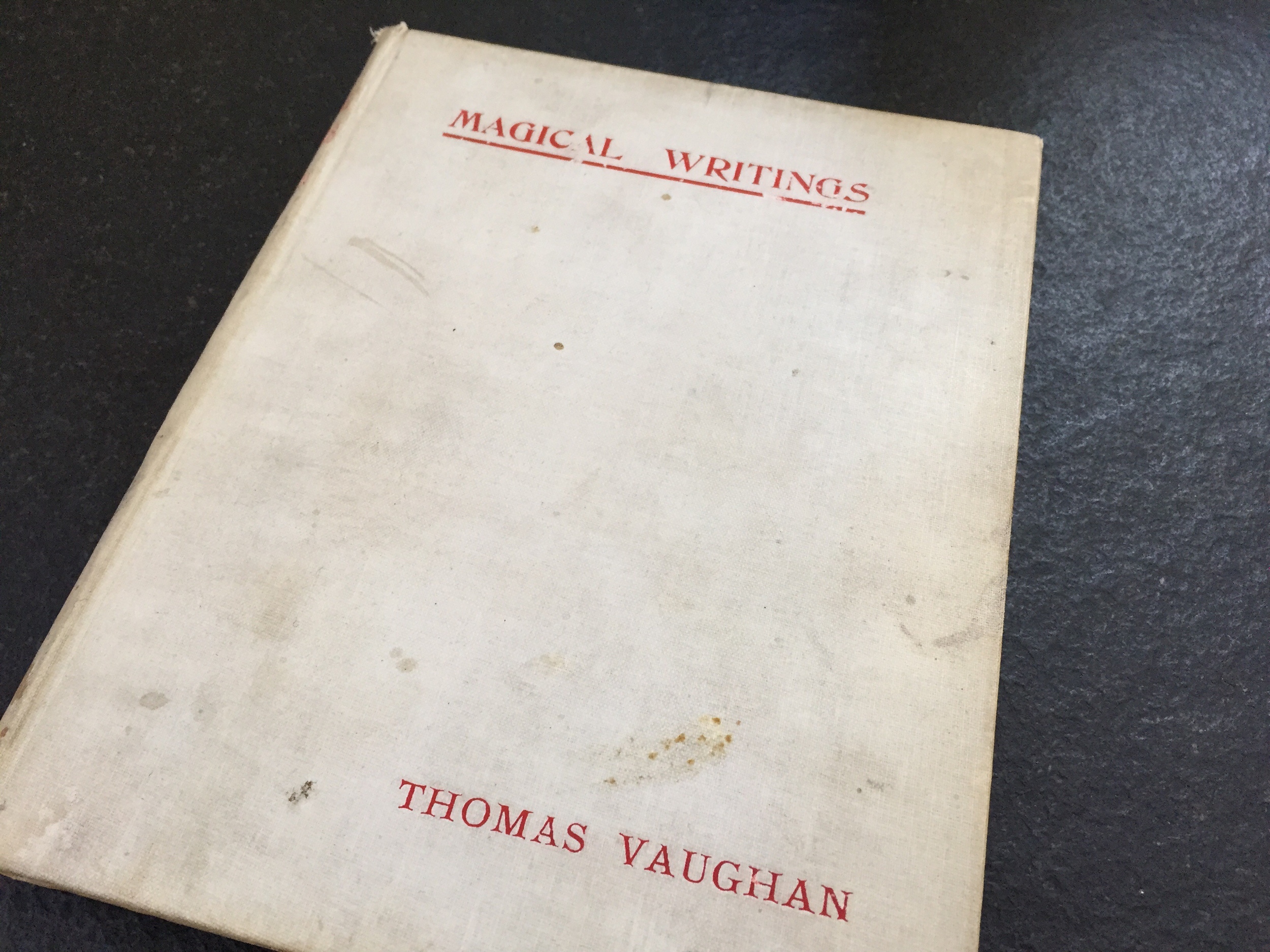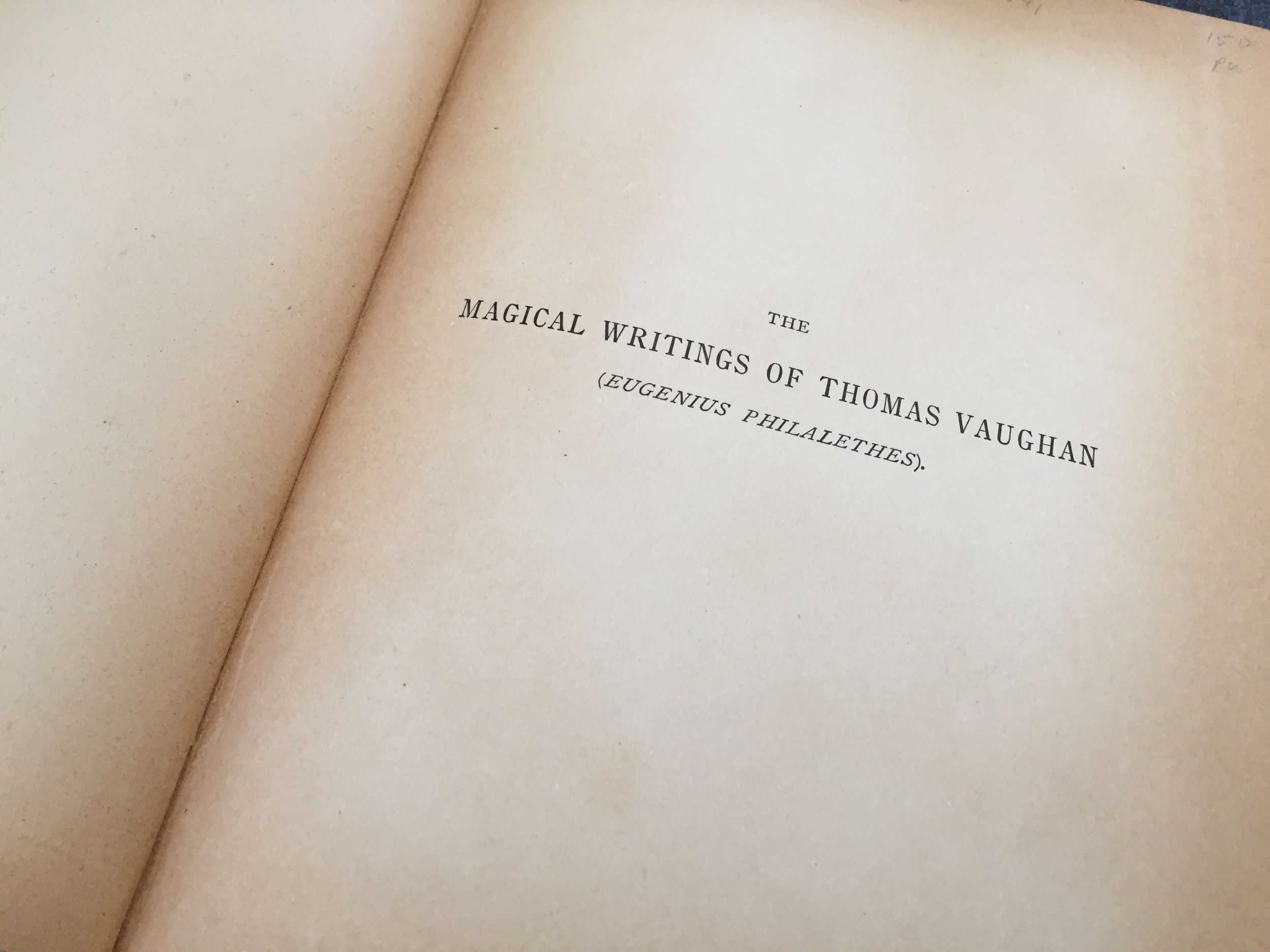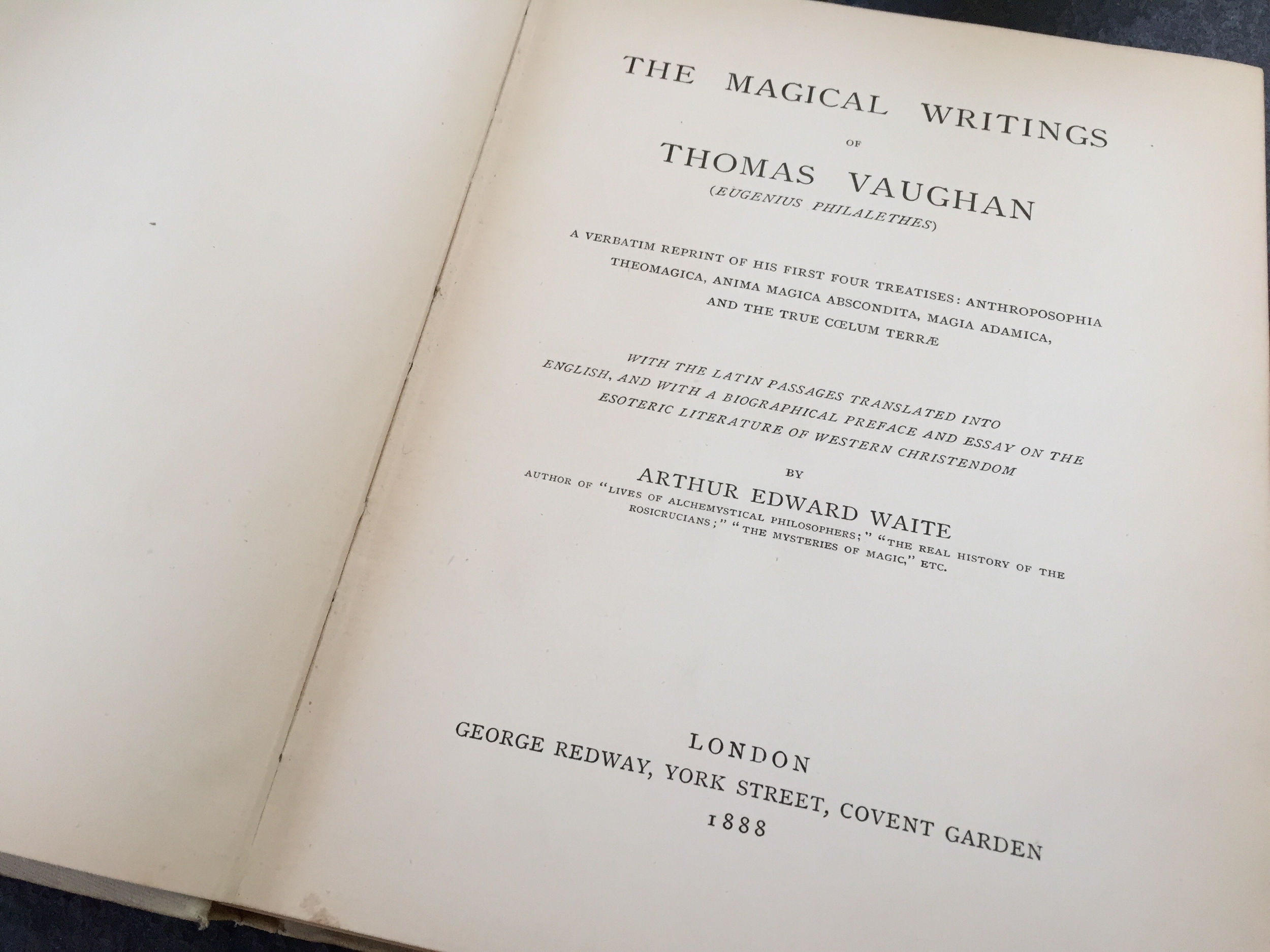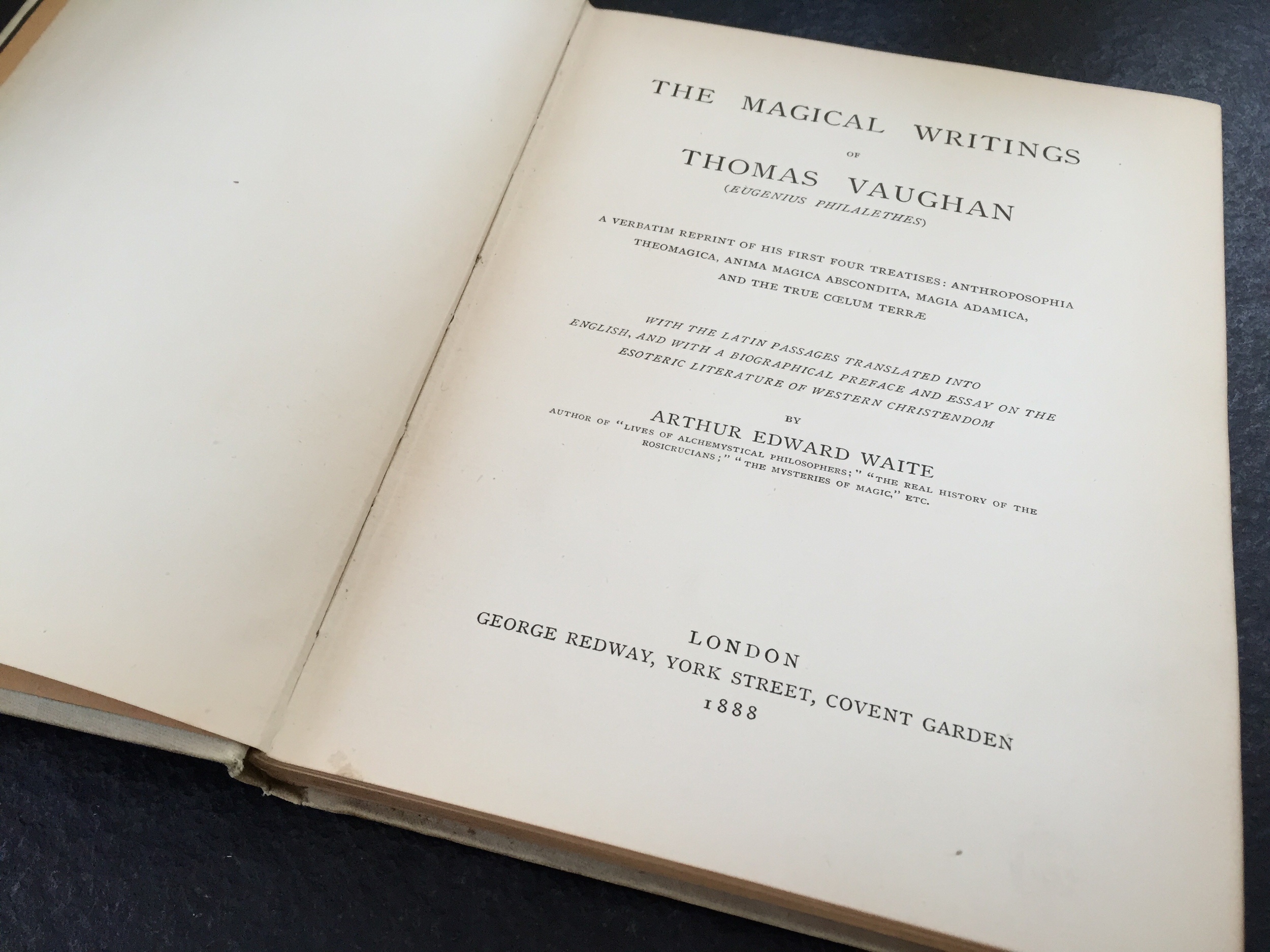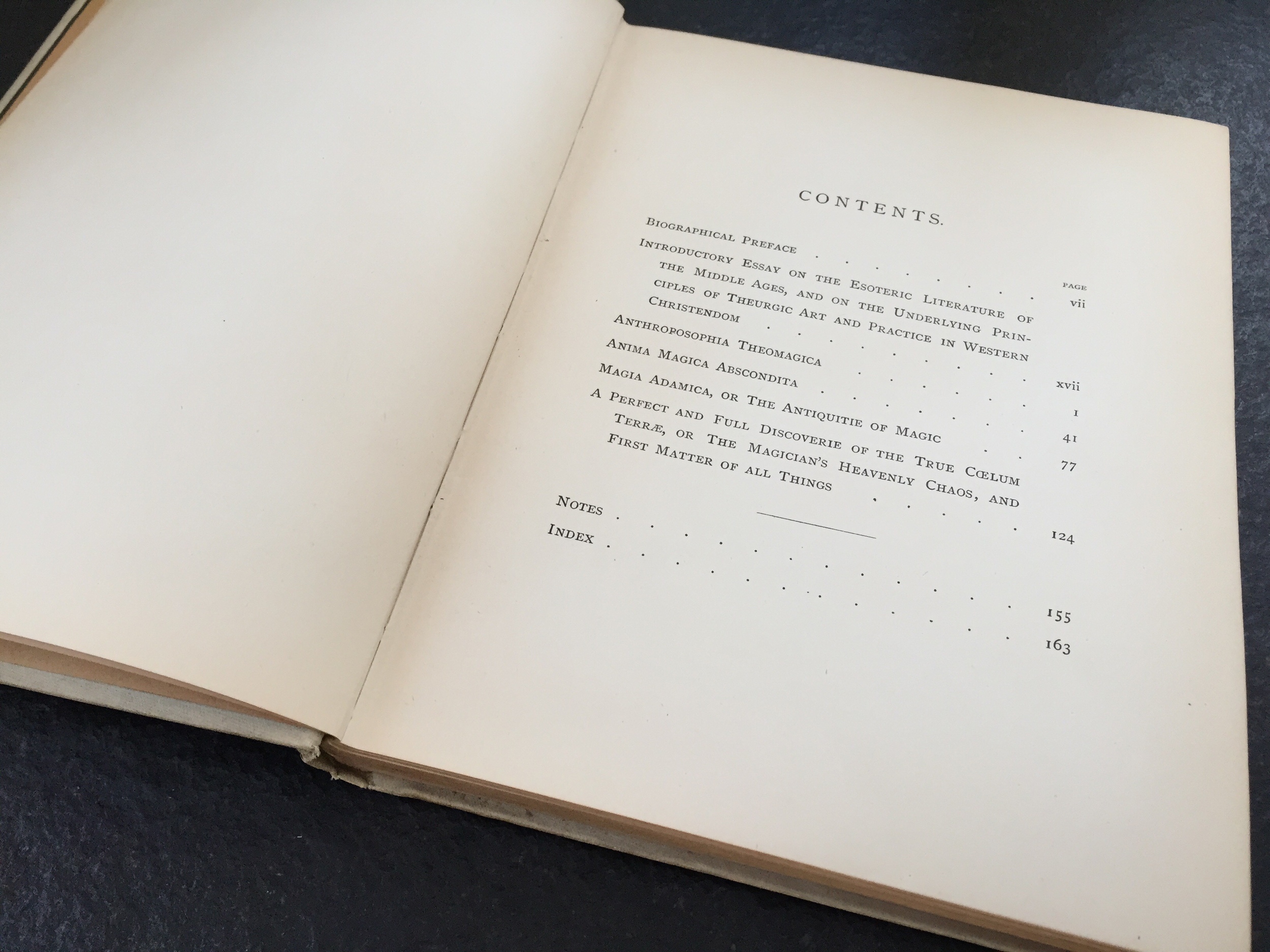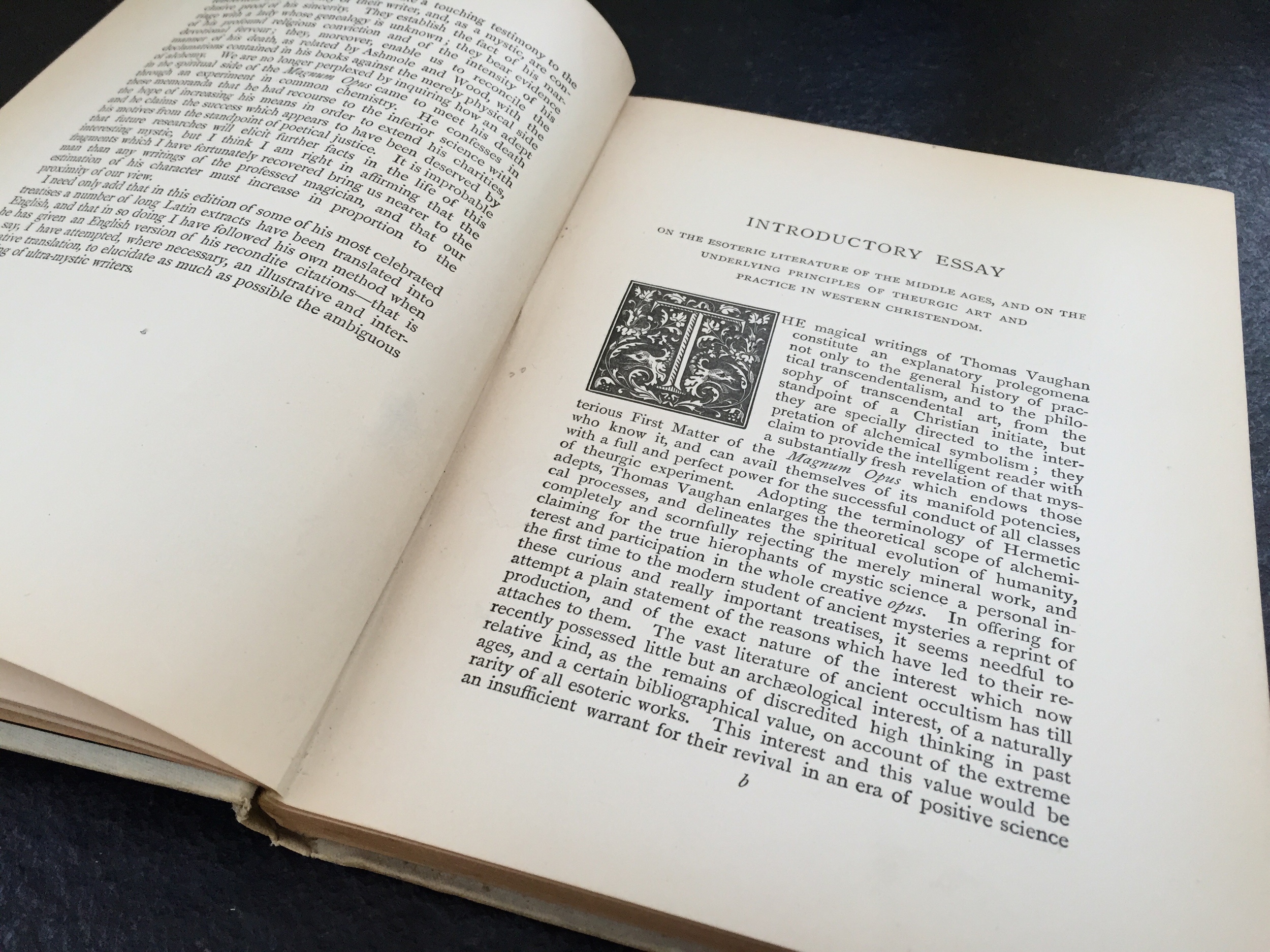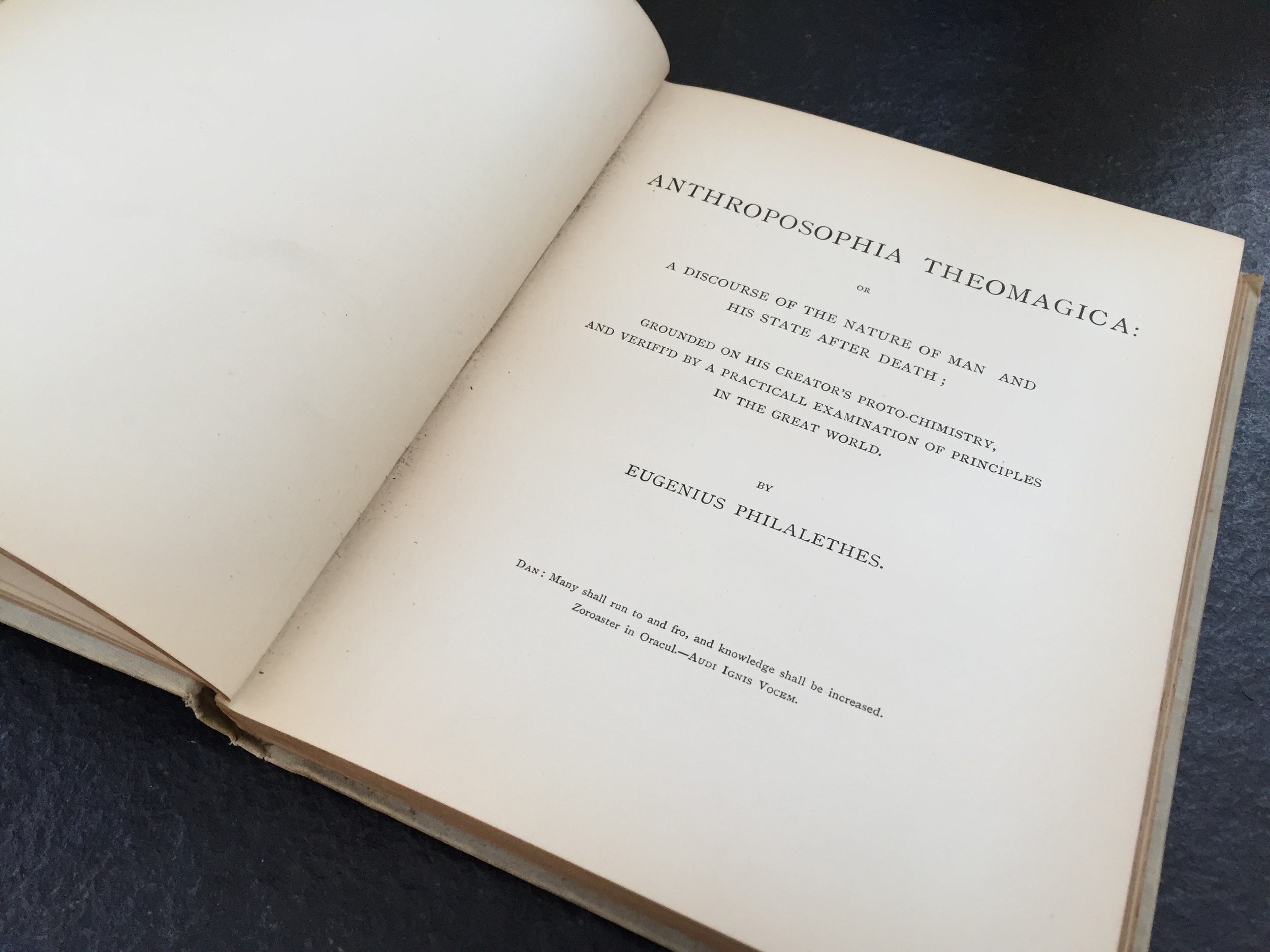On the Underlying Principles of Theurgic Art and Practice
As part of my research on the magical turn at the beginning of the 16th century I came across this wonderful essay by Arthur Edward Waite. Published in 1888 it forms the introduction to ‘The Magical Works of Thomas Vaughan’ and is titled in full: 'ON THE ESOTERIC LITERATURE OF THE MIDDLE AGES, AND ON THE UNDERLYING PRINCIPLES OF THEURGIC ART AND PRACTICE IN WESTERN CHRISTENDOM.'
What makes this essay so uniquely interesting to the practitioner of Western Magic - and its content so deeply thought-provoking - are several aspects:
(1) Published in 1888 - during the same year as the publication of the opus magnum of the Theosophic Society, Blavatsky's 'Secret Doctrine' as well as the inception of the first temple of the Hermetic Order of the Golden Dawn - Waite wrote this article at the dawn of the currents that would come to define Western magic in the 20th century. It thus allows a glimpse into how one of the GD’s early members rationalised and comprehended their own magical tradition - before going on to forge a new link in this chain. If we allow ourselves to forget the forged letters of Fräulein Sprengel, it’s in this early essay that we can find a lot of the intellectual assumptions as well historic roots the early GD emerged from.
(2) In its refreshing shortness and through Waite’s wonderful clarity of thought it sheds a light on how critically and well balanced earlier famous authors of the 19th century, such as Eliphas Levi were assessed by one of the most proficient magical researchers of the time. Especially in its middle section, the essay reveals an astounding depth of historic knowledge and grasp of cross-cultural influences - an element that got lost on many magical authors who followed Waite and unfortunately remains even rare today.
(3) The essay forms a strong testament to the psychological turn that the occult experienced towards the beginning of the 20th century. While many authors during Waite’s time favored a psychological - or ‘psychic’ - interpretation of magical practice only few of them actually had studied the ancient sources themselves. Waite’s genuine familiarity with hermetic and alchemical source texts makes his interpretation stand out amongst other authors of his time. Whether one agrees to such a psychological meta-construction - applied after the fact to a highly diverse and texture tradition - this essay better than most books on the subject explains the essential chain of thought applied to create a modern ‘secret doctrine’.
In the following I am sharing the complete essay by A.E. Waite - including annotations and commentary from my side. I am hoping to provide further perspective on the subject in a later essay under the title ‘On the Search for High Magic’; however, many of its key aspects and criticisms of the traditional construction of our Western tradition can already be found in the current document. I also want to call out that Waite’s original essay is available on the public domain and not under copyright anymore.
Note: For people who have little time and want to get to the heart of the matter quickly, I recommend to begin reading 'Part II' of the essay right away. In the first part Waite paints a picture of the state of ‘psychic research’ in the late 1880s and how it relates to more ancient streams of occult tradition. His actual thoughts on the history and practice of theurgy, however, he only begins to explain from page XXI in the original 1888 book, i.e. page 5 of 16 in the current PDF.
For me discovering this fascinating article, copying, annotating it and presenting it in a fresh light presents a very special opportunity. It almost feels as if Mr. Waite and I had the chance to have a dialogue - over an abyss of 127 years, yet both standing with our feet in the same living current of Western magic.
LVX,
Frater Acher
May the serpent bite its tail.

